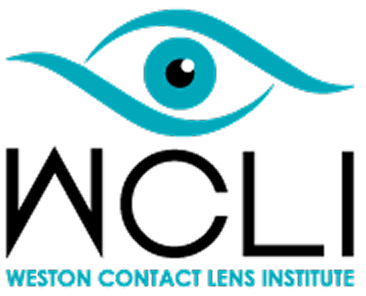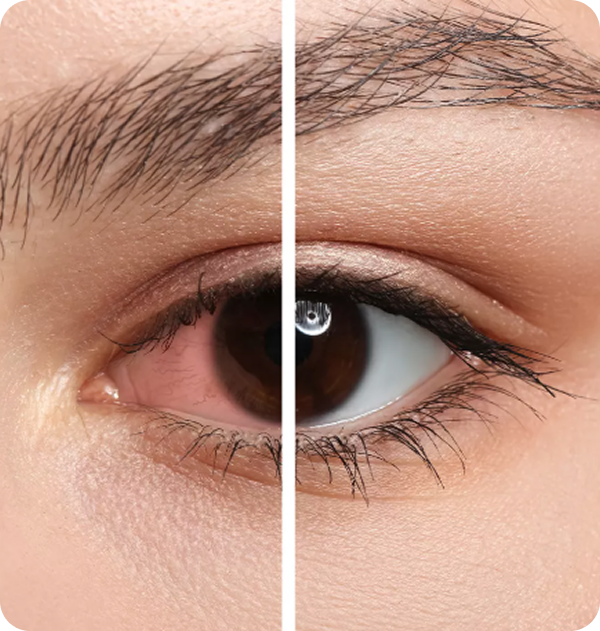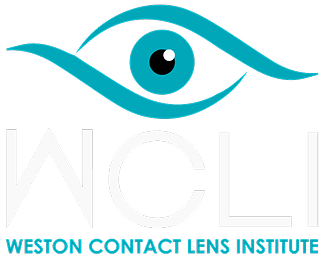Dry eye syndrome can be an intensely uncomfortable condition that significantly impacts your quality of life. While traditional management techniques, such as warm compresses and artificial tears, can offer relief, they do not address the root cause. Fortunately, modern treatments like OptiLight are becoming more conventional in treating the underlying issues that cause dry eye, such as gland dysfunction.
What Is OptiLight?
IPL has been used in cosmetic medicine for years. OptiLight is a specialized Intense Pulsed Light (IPL) therapy designed to treat dry eye syndrome. IPL technology is a safe treatment for gland dysfunction that won’t damage the delicate skin around the eyes. This innovative dry eye treatment targets abnormal blood vessels that cause inflammation and contribute to meibomian gland blockages.
The heat generated by IPL softens and melts the thickened oils blocking the meibomian glands. When the meibomian glands can express oil freely, it restores a healthy balance of the layers that make up the tear film. IPL can further improve gland function by stimulating cellular activity and blood circulation.
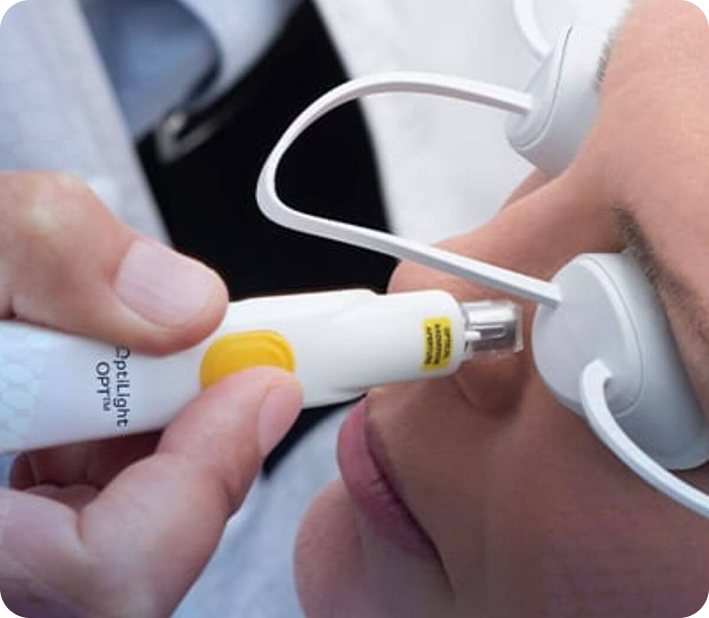
What Should Patients Expect From IPL Treatments?
Before your IPL treatment starts, your doctor will assess you to ensure that you are a suitable candidate. There are preparatory steps, such as avoiding sun exposure, some medications, and cosmetic skin treatments, which will be explained to you.During an OptiLight treatment, your doctor will apply controlled light pulses just below the eyes. Each session typically lasts between 15 and 30 minutes. The OptiLight treatment addresses the root cause of dry eye irritation, specifically meibomian gland dysfunction (MGD). Intense pulsed light enables sustained comfort and relief from dry eye symptoms.Your doctor will place protective shields over your eyes and apply a cooling gel to the treatment area. You may feel mild discomfort and heat, but IPL is generally not painful. If you experience intense pain or burning, please notify your doctor immediately.After IPL, your optometrist will manually express the meibomian glands to remove blockages. It’s essential to remove blockages while they are warm and flow easily. Manual expression can be uncomfortable, but it’s a necessary part of the process. Expression is usually quick, and you should feel relief from your dry eye symptoms within hours or days.Most patients enjoy several months between sessions, experiencing no dry eye symptoms and only requiring periodic maintenance sessions. Within 3-4 treatments, your symptoms should fade considerably and may even disappear altogether.
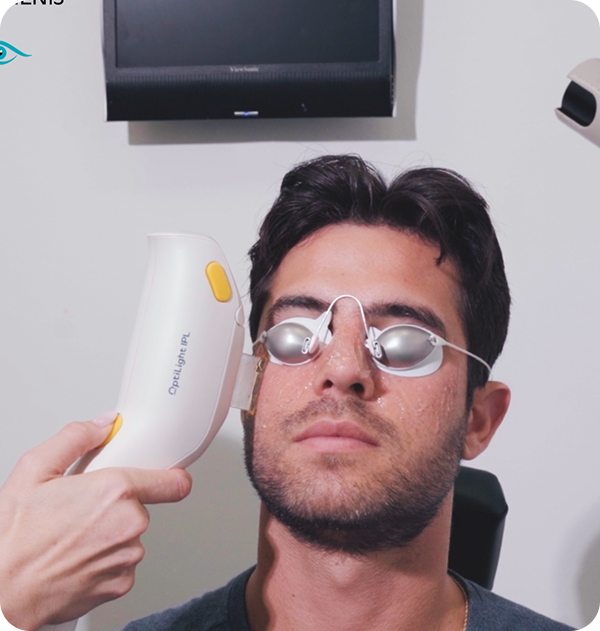
Am I a Good Candidate for IPL Treatment?
You may benefit from IPL treatments if you experience ongoing dry eye symptoms, such as irritation, redness, and blurry vision, despite using standard treatments like eye drops. Patients diagnosed with meibomian gland dysfunction or ocular rosacea find IPL treatments particularly beneficial.
Some medications, health conditions, and skin types are not compatible with IPL therapy. Therefore, it’s in your best interest to share a thorough and honest medical history with your doctor. If you are not a good candidate, we have other symptom management options that we can discuss. Before you start treatment, your eye doctor will do a thorough assessment to determine your suitability for IPL therapy.
